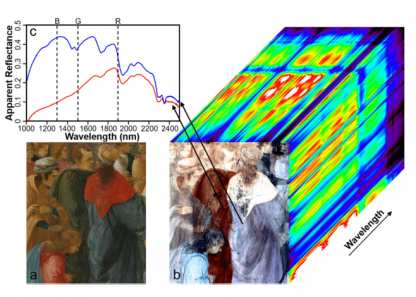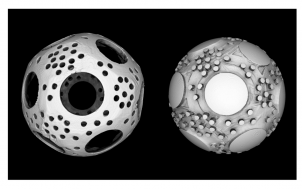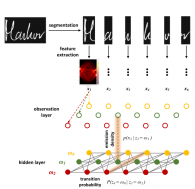Revealing and Reconstructing Hidden or Lost Features in Art Investigation

In recent decades, cultural heritage research—and in particular art investigation—has been undergoing a digital revolution. This is due both to improvements in the digitization and the acquisition of artifact’s images generated using traditional 2-D imaging methods as well as the growing adoption of a range of more recently introduced spectroscopic imaging techniques. A number of these imaging modalities use wavelengths of electromagnetic radiation that can penetrate surface layers thus yielding information from hidden features noninvasively. Different techniques are often used in combination to provide evidence of construction, condition, and past treatment. These can also be used to characterize the materials used, how they were combined, and map their distribution, giving insight into an artist’s working method and the means to understand changes that have occurred over time. This wealth of data calls for the development of algorithmic approaches in order to handle and fully explore and interpret it. The questions one seeks to answer are in some cases sufficiently different from those addressed in other fields that no existing off-the-shelf approaches can be applied. In this article, we discuss a few of the algorithmic challenges that arise in art investigation and conservation using modern imaging techniques.







